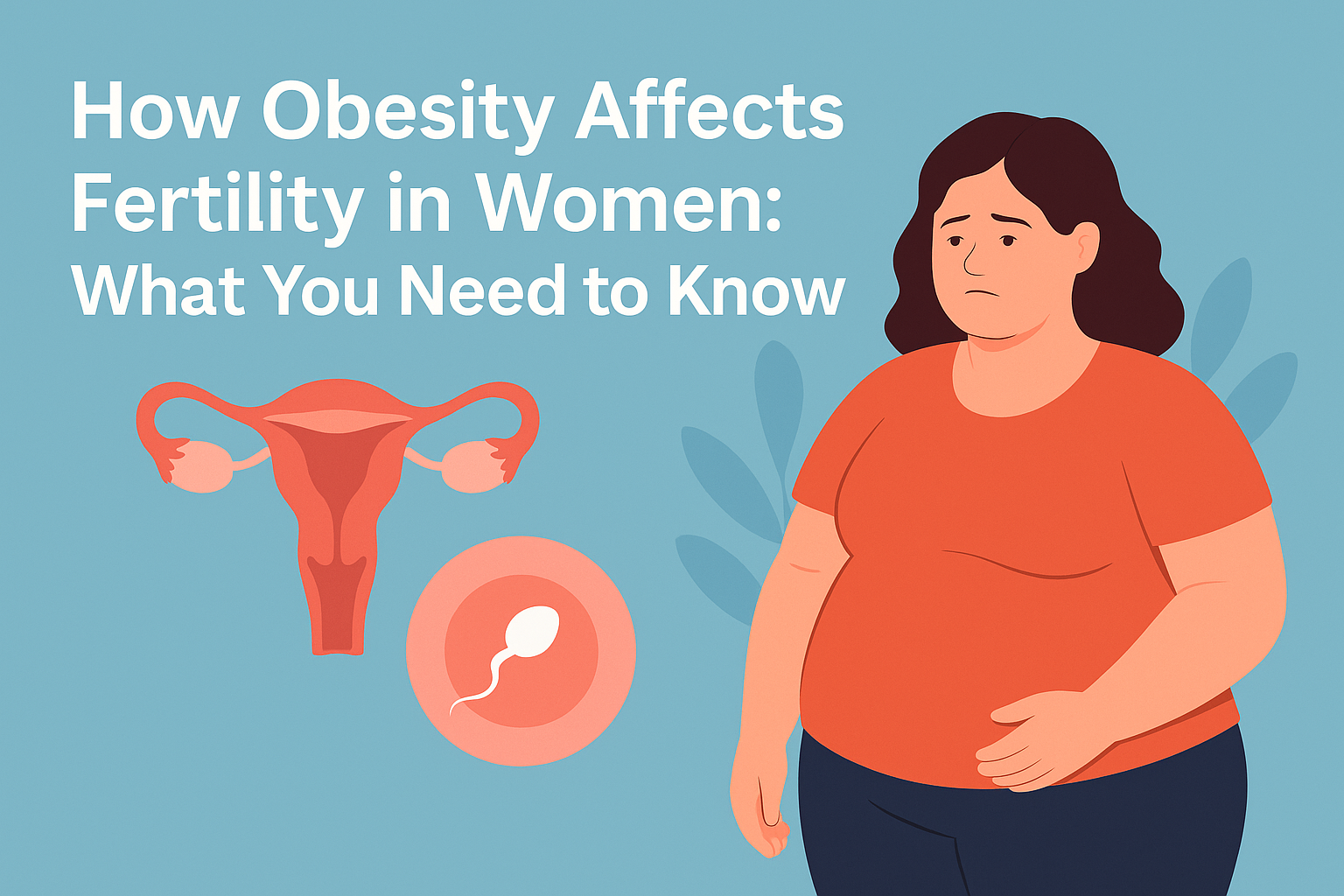
- Healthful Living Insights
Diabesity 101: the worrisome combination of obesity and diabetes

What is Diabesity? Understanding the Link Between Obesity and Diabetes
In my previous posts, I’ve discussed the growing epidemic of obesity and the numerous health risks associated with it. Today, I’d like to introduce a term I’ve coined: Diabesity — a condition where obesity and diabetes occur together.
As a bariatric surgeon, I frequently encounter patients who are not only struggling with obesity but also with diabetes and a range of related health issues. Among these, diabetes is the most common and concerning.
The Rising Diabesity Epidemic in India
A study published in the International Journal of Diabetes in Developing Countries highlighted the alarming rise in diabetes cases in India, with numbers growing from 37.6 million cases in 2004, to 41 million in 2007, and projections suggesting 80.9 million cases by 2030.
The increase in obesity directly contributes to this rise in diabetes, especially Type 2 diabetes.
Understanding Diabetes: Type 1 vs. Type 2
Before diving deeper into the connection between obesity and diabetes, let’s quickly review the two primary types of diabetes:
Type 1 Diabetes: Typically diagnosed in childhood or adolescence, Type 1 occurs when the body cannot produce enough insulin, resulting in high blood sugar.
Type 2 Diabetes: More common than Type 1, Type 2 is closely linked to obesity, stress, and sedentary lifestyles. In this case, the body produces insulin but is unable to use it effectively to regulate blood sugar levels.
The more concerning of the two in relation to obesity is Type 2 diabetes, as excess body weight can impair the body’s ability to control blood sugar.
The Vicious Cycle of Diabesity
The relationship between diabetes and obesity is a vicious cycle. Obese individuals are at a higher risk of developing Type 2 diabetes, and those with diabetes must be extra cautious to avoid obesity. Excess weight exacerbates insulin resistance, making it harder for the body to regulate blood sugar levels.
The Key to Managing Diabesity: Healthy Lifestyle
The most effective way to control both diabetes and obesity is to adopt a healthy, fit lifestyle. However, in many cases, medical intervention may be required to manage these conditions.
Next week, I will share two case studies that highlight how lifestyle changes and medical treatments can effectively manage diabesity.
Take Charge of Your Health
Whether you are diabetic, obese, or neither, I encourage you to adopt healthy habits for long-term wellness. Here’s a quick reminder of essential steps to take:
- Eat a balanced diet rich in whole foods.
- Exercise regularly to maintain a healthy weight.
- Manage your work-life balance to reduce stress.
Remember, you are in control of your health. When you respect your body through mindful eating, physical activity, and a balanced lifestyle, it will reward you with better health.
Additionally, if you set a positive example for your family, especially your children, they will be inspired to follow your lead toward a healthier future.

© 2025 Copyright : DHI | POWERED BY PEPMEDIA









